Everything You Need to Know About DSPs: The Essential Tool for App Marketing
Introduction
In the ever-evolving world of mobile marketing, technology plays a crucial role in optimizing advertising strategies. Among these tools, the Demand Side Platform (DSP) stands out as an indispensable ally for advertisers looking to maximize their return on investment. But what exactly is a DSP, how does it work, and why is it essential for app marketing? This article breaks down everything you need to know about DSPs, from their inner workings to how to choose the right one, as well as the advantages they bring to today’s advertising strategies.
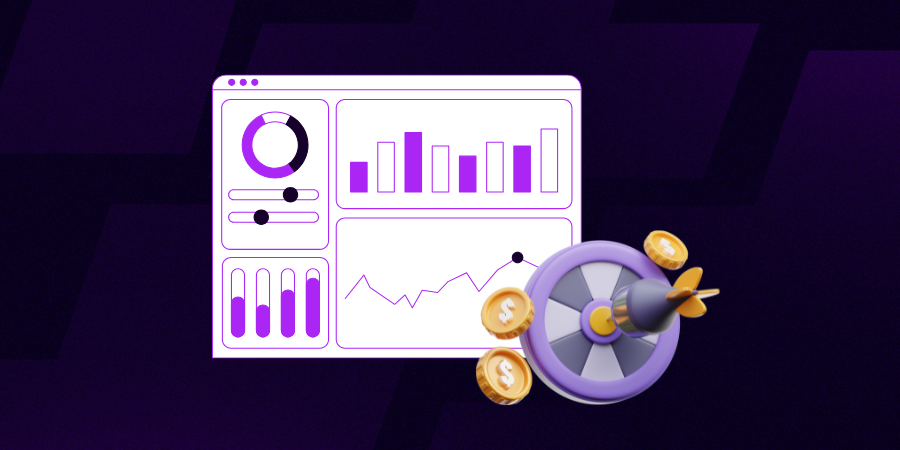
What is a Demand-Side Platform and How Does it Work?
A Demand Side Platform (DSP) is a technology platform that allows advertisers to purchase ad inventory in an automated and real-time manner. Instead of manual negotiations, the platform centralizes and optimizes ad purchases through programmatic bidding across multiple channels, including mobile apps, websites, and social media.
Behind the Scenes: How Does a DSP Work?
DSPs operate by collaborating with SSPs (Supply Side Platforms) and Ad Exchanges. When a user visits an app or website, a real-time auction is triggered within milliseconds. The Media Buying Platform analyzes user data, determines if the user matches the advertiser’s target audience, and sets a bid price for the impression. If the bid is won, the ad is displayed immediately.
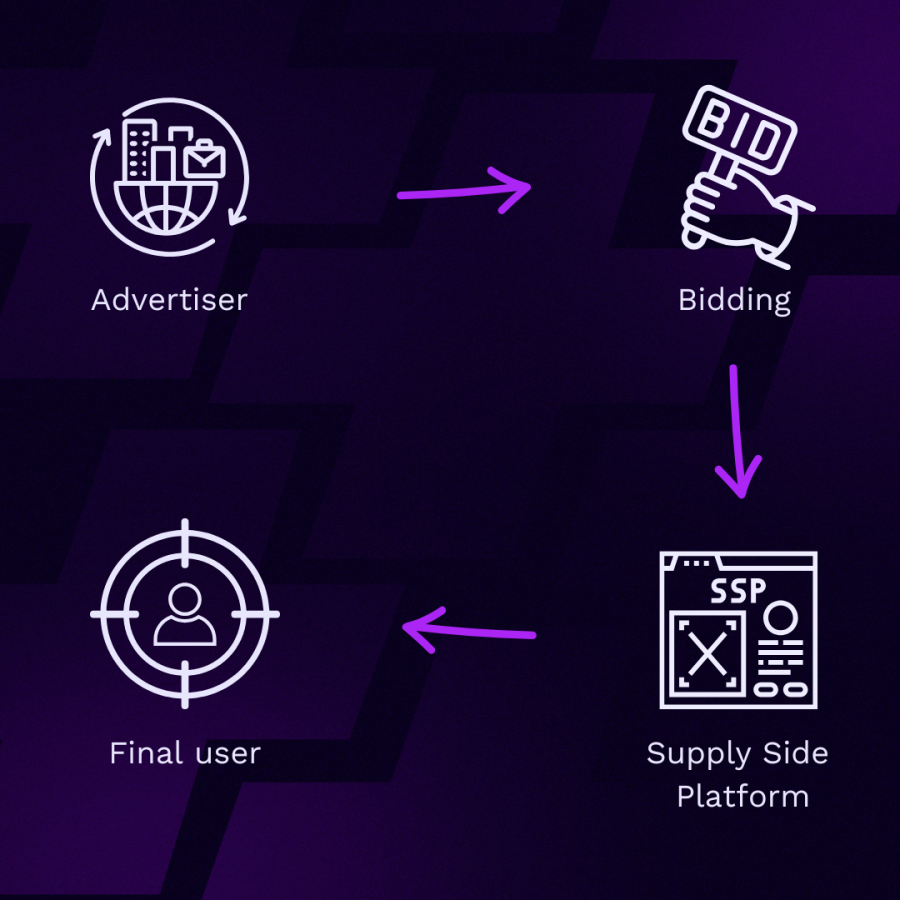
Why Demand-Side Platforms Are a Game-Changer for Mobile Marketing
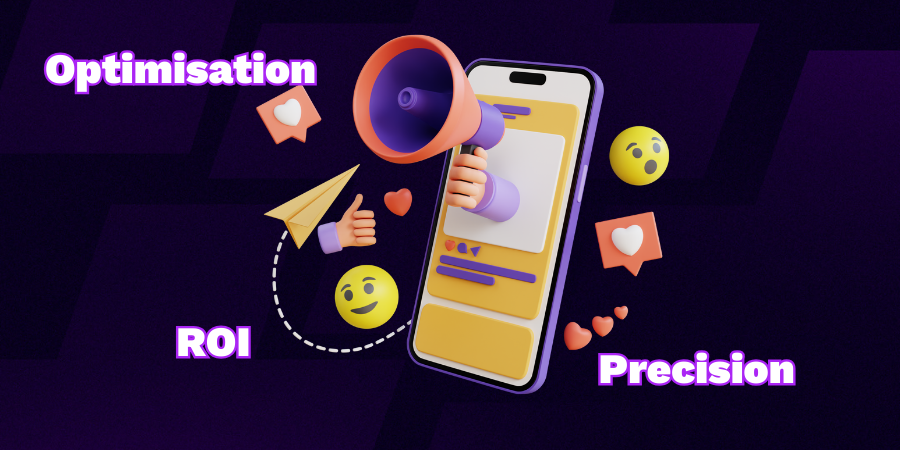
Media Buying Platforms are a significant asset for app marketers because they enable:
- Precise Targeting: they utilize advanced data to reach the most relevant audiences.
- Enhanced Efficiency: Programmatic bidding reduces the time and effort required to purchase ad space.
- Real-Time Optimization: Campaigns can be instantly adjusted to maximize impact.
- Advanced Metrics: they provide detailed reporting to evaluate campaign performance.
Exploring the Types of DSPs: Which One Is Right for You?
There are various types of Demand-side platforms tailored to different communication channels:
- Mobile: Specialize in in-app advertising, making them ideal for gaming, for example.
- Video: Focus on video formats, perfect for engaging content.
- Social: Integrated with social media platforms for targeted campaigns.
- Omnichannel: Offer centralized management of campaigns across multiple channels.
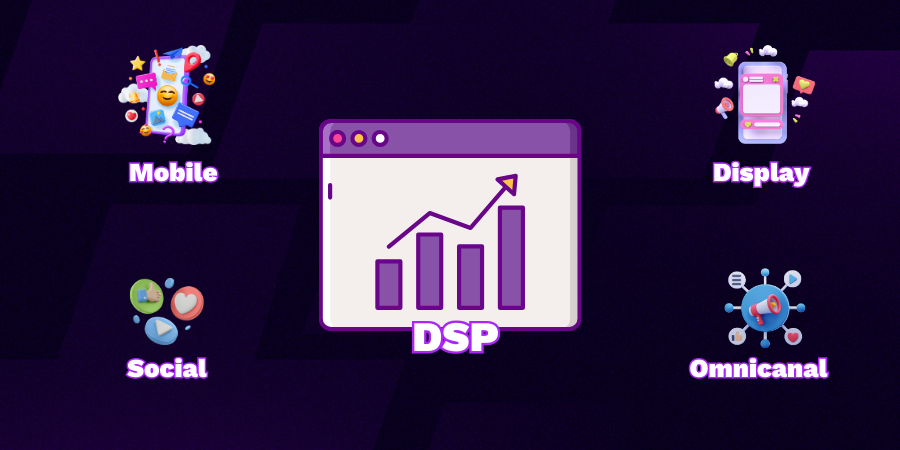
5 Questions to Ask When Choosing the Right partner
- Does It Align With Your Goals? Ensure the provider matches your marketing needs (e.g., mobile, video, etc.).
- Is There Transparency in Costs? Choose a partner that provides a clear view of fees.
- How Rich Is the Data? Effective DSPs rely on high-quality data for precise targeting.
- Is It User-Friendly? An intuitive interface is key to optimizing campaigns.
- What Kind of Support Is Available? Good customer support can make all the difference.
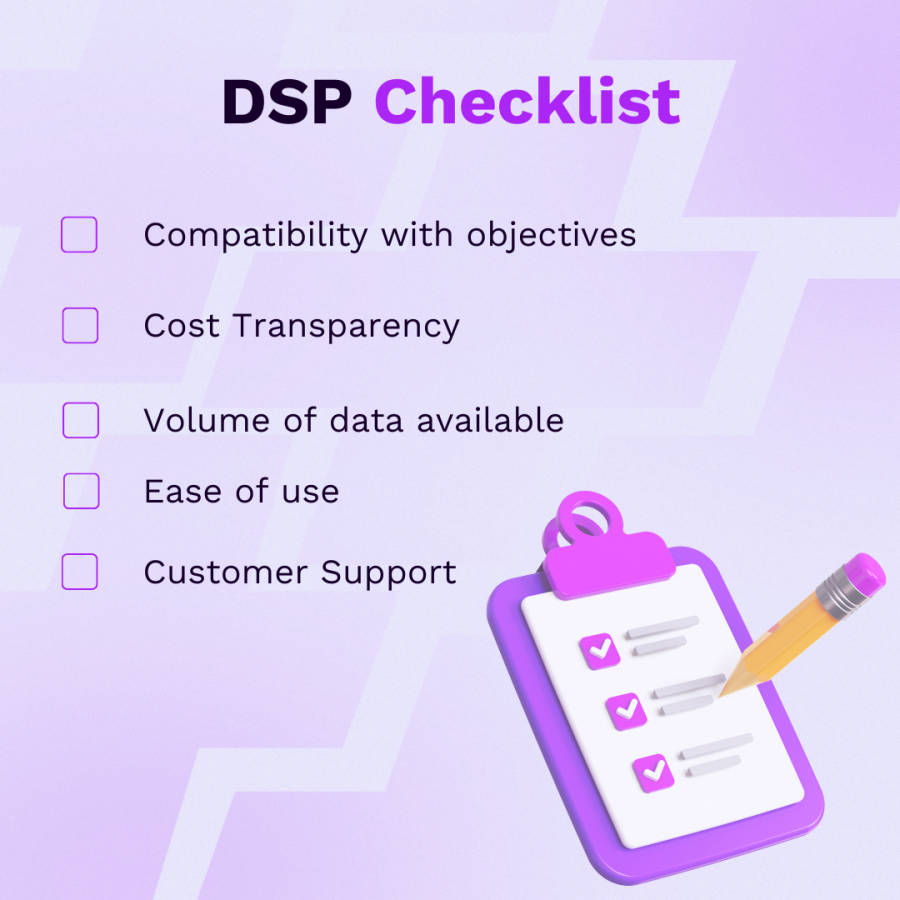
Top DSPs in the Market
Several Demand Side Platforms stand out in the mobile user acquisition (UA) space due to their efficiency and reach. Here are some leading DSPs:
- AppLovin: Known for its extensive network and optimization capabilities, AppLovin provides powerful tools for reaching and engaging mobile users.
- ironSource: Specializing in user acquisition and monetization, ironSource offers comprehensive solutions for app developers looking to grow their user base.
- Smadex: Renowned for mobile user acquisition campaigns, including re-engagement and brand awareness strategies.
- Remerge: Celebrated for its incremental measurement and dynamic segmentation, enabling effective re-engagement and retention campaigns.
- Unity Ads: Particularly suited for mobile games, Unity Ads allows advertisers to integrate native video ads, enhancing user experience and engagement.
The choice of Media Buying Platform depends on your specific campaign goals, target audience, and the features offered by the platform.
DSP vs. DMP: Key Differences Explained
Demand Side Platforms and DMPs (Data Management Platforms) are often mentioned together but serve distinct purposes in the advertising ecosystem. Here are the key differences:
Primary Objective:
- DSPs focus on real-time ad space purchases via programmatic auctions, emphasizing campaign execution.
- DMPs collect, organize, and segment user data to optimize ad targeting.
Nature of Data:
- DSPs use pre-segmented data to purchase relevant impressions.
- DMPs handle raw data from multiple sources, such as websites, apps, or CRMs.
Interactions:
- DSPs interface with Ad Exchanges and SSPs to bid on ad impressions.
- DMPs often integrate with DSPs to provide precise audience segments based on collected data.
Use Cases:
- DSP: An advertiser wants to show an ad to a 25-35-year-old fitness enthusiast. The DSP places a bid for this audience on an Ad Exchange.
- DMP: An advertiser uses a DMP to analyze e-commerce site behavior and create segments for a future ad campaign.
Timing:
- DSPs act in real-time to execute campaigns.
- DMPs work upstream to prepare and organize data.
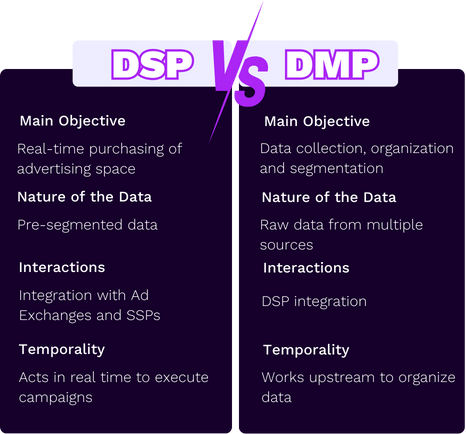

Do not hesitate to contact with our teams
Addict can support you to improve your performance.
Glossary of DSP Key Terms
- RTB (Real-Time Bidding): The process of bidding for ad inventory in real-time.
- Ad Exchange: A digital marketplace where DSPs and SSPs interact.
- Behavioral Targeting: A technique based on users’ past behaviors.
- Impression: The display of an ad on a user’s screen.
Conclusion
Les Demand Side Platforms sont devenues incontournables dans le paysage du marketing digital. Elles offrent aux annonceurs des outils puissants pour cibler les bonnes audiences, optimiser leurs campagnes publicitaires et maximiser leur retour sur investissement. Bien que leur utilisation puisse sembler technique, la compréhension de leur fonctionnement, de leurs avantages, et de leur complémentarité avec d’autres outils comme les DMP est essentielle pour rester compétitif dans un monde de plus en plus orienté vers la programmatique.
Chez Addict Mobile, nous vous conseillons dans le choix des canaux à privilégier en fonction de vos objectifs et de votre budget dans le but de maximiser vos performances. Contactez-nous !


